Metal roofing is a preferred choice for both residential and commercial projects due to its eco-friendly nature, exceptional durability, and reduced environmental impact. Modern metal roof materials like steel, aluminum, and copper offer enhanced sustainability and long-lasting solutions. Traditional metal roofs, while durable, pose significant environmental challenges related to resource extraction and disposal. Recycled content metals and cool roof coatings provide sustainable alternatives, reducing the carbon footprint and diverting waste from landfills. Metal roofing's energy efficiency, coupled with its aesthetic flexibility and low maintenance, makes it a desirable option for eco-conscious homeowners and businesses. Government incentives and evolving building codes further promote the adoption of metal roofing as a sustainable building solution worldwide.
“Discover the future of sustainable roofing with eco-friendly metal roofing options. This comprehensive guide explores the environmental benefits, durability, and aesthetic appeal of metal roofs, highlighting their role as a game-changer in construction. From understanding traditional metal roofing’s impact to uncovering innovative cool roof technologies, we delve into the advantages for both homes and the planet. Explore recycled content metals, energy efficiency, longevity, and installation practices that prioritize environmental responsibility.”
Understanding Metal Roofing: Materials and Durability
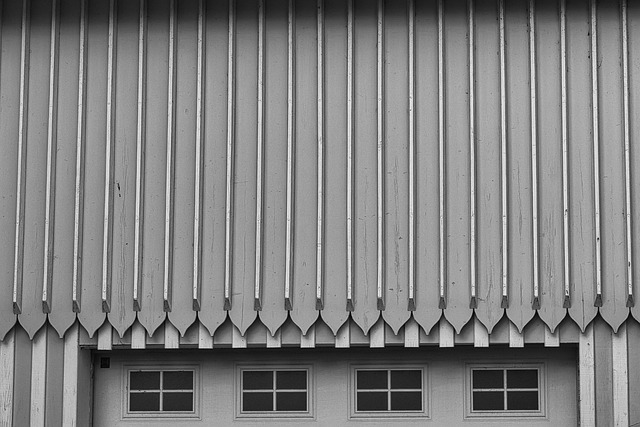
Metal roofing has gained significant popularity as an eco-friendly and durable option for residential and commercial buildings. The materials used in modern metal roofs have evolved to be more environmentally sustainable, offering a long-lasting solution that minimizes waste. Steel, aluminum, and copper are among the common choices, each with unique advantages.
Known for its strength and versatility, metal roofing can withstand extreme weather conditions, from heavy storms to high winds. The durability of these materials ensures they last for several decades, significantly reducing the need for frequent replacements. This longevity also translates to lower environmental impacts, as fewer resources are consumed in the long run. Additionally, many metal roofing manufacturers incorporate recycled content into their products, further promoting sustainability.
The Environmental Impact of Traditional Metal Roofs
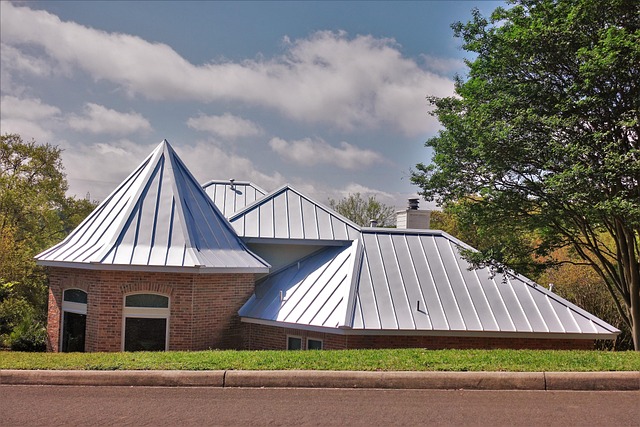
Traditional metal roofs have long been a popular choice for residential and commercial buildings, offering durability and low maintenance. However, the environmental impact of these roofing materials is a growing concern. Metal roofing is often associated with significant ecological consequences due to the extraction and processing of raw materials, primarily iron and aluminium. The manufacturing process involves energy-intensive techniques, leading to high carbon emissions and contributing to climate change.
Furthermore, the disposal and recycling of metal roofs pose challenges. Many traditional metal roofing products end up in landfills, where they can take centuries to decompose, releasing toxic chemicals into the environment. Proper recycling facilities are essential for managing this waste, but not all areas have accessible programs. Choosing eco-friendly alternatives, such as recycled metal or cool roof coatings, can significantly reduce the environmental footprint associated with metal roofing while still providing durable and long-lasting protection for buildings.
Eco-Friendly Alternatives: Recycled Content Metals
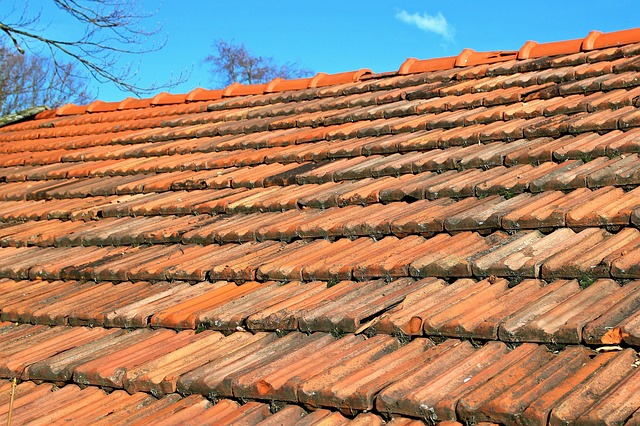
When considering eco-friendly metal roofing options, recycled content metals stand out as a sustainable alternative to traditional metal roofing materials. These innovative products are made from repurposed industrial and consumer waste, such as scrap cars, electronics, and even plastic bottles. By utilizing these materials, manufacturers reduce the demand for new metal production, which often relies on energy-intensive processes that contribute to environmental degradation.
Recycled content metals offer a compelling solution for environmentally conscious homeowners and businesses. They not only minimize the carbon footprint associated with metal roofing but also help divert waste from landfills. Moreover, these recycled materials are just as durable and versatile as their virgin counterparts, ensuring long-lasting performance while promoting a greener building industry.
Energy Efficiency with Metal Roofs: Cool Roof Technologies
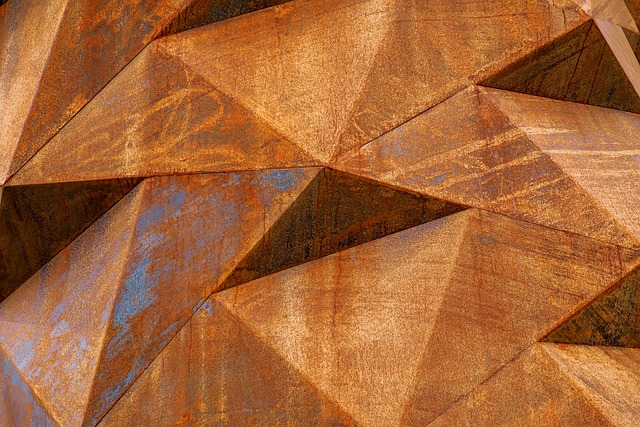
Metal roofs have gained popularity as an eco-friendly choice, and one of the key aspects that make them a sustainable option is their energy efficiency, especially when incorporating cool roof technologies. Traditional metal roofing materials can reflect sunlight, reducing heat absorption compared to traditional dark-colored shingles. This reflective property not only keeps homes cooler during hot summers but also significantly reduces energy consumption for air conditioning.
Cool roof technologies further enhance the energy-saving capabilities of metal roofing. These innovative systems utilize advanced coatings or surfaces that reflect a higher percentage of sunlight and emit thermal radiation, keeping the underlying metal structure at a lower temperature. Such technology is particularly beneficial in regions with severe climates, where high temperatures and increased cooling demands can be expected. By mitigating heat transfer, these cool roofs contribute to reduced greenhouse gas emissions and lower carbon footprints, aligning perfectly with the goals of eco-conscious homeowners and businesses.
Longevity and Low Maintenance: Benefits for Sustainability
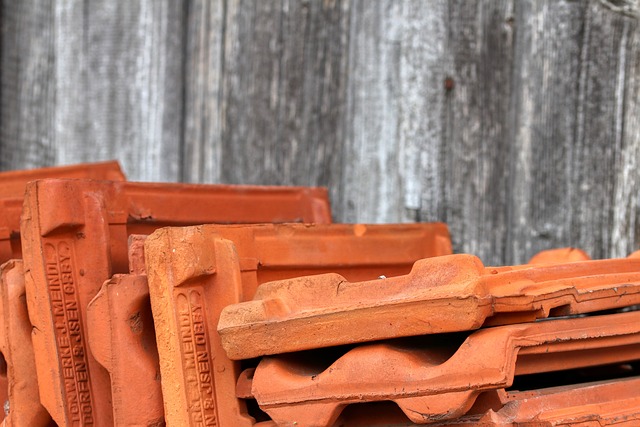
Metal roofing offers a compelling combination of longevity and low maintenance, making it an excellent choice for those seeking sustainable roofing solutions. Unlike traditional materials that may require frequent repairs and replacements, metal roofs are designed to withstand harsh weather conditions, extreme temperatures, and even high winds. This durability translates into reduced waste and lower environmental impact over time.
Moreover, metal roofing is highly resistant to corrosion and degradation, which means it retains its structural integrity for decades. This longevity not only saves homeowners from frequent repairs but also minimizes the need for replacement materials, further contributing to sustainability by reducing demand for new resources. With proper installation and maintenance, a metal roof can serve as a reliable and eco-friendly option for any property, promoting sustainability in both residential and commercial settings.
Aesthetic Options: Color, Finish, and Design Flexibility

Metal roofing offers an impressive array of aesthetic options, allowing homeowners to customize their outdoor spaces while also choosing eco-friendly materials. When it comes to color, metal roofs can be found in a wide range of hues, from traditional shades like dark grey and brown to bolder options such as red, blue, or even green. This variety ensures that every architectural style—from modern to colonial—can find the perfect metallic match.
Finish is another key aspect, with options including glossy, matte, or textured finishes. These finishes don’t just impact the visual appeal; they also play a role in the roof’s performance, offering different levels of light reflection and resistance to weather conditions. Design flexibility is one of the most exciting aspects of metal roofing. Homeowners can choose from various profiles, patterns, and designs, including traditional ridge caps, decorative shingles, or even custom shapes, ensuring that their roof becomes a unique artistic element in their landscape.
Installation Practices: Ensuring Environmental Responsibility

The installation process of metal roofing plays a significant role in its environmental impact, aligning with the principles of eco-friendliness. Professional installers often employ responsible practices such as utilizing recycled materials, minimizing waste during cutting, and adopting efficient disposal methods for offcuts. These measures ensure that the installation is more sustainable, reducing the carbon footprint associated with traditional roofing methods.
Moreover, modern metal roofing systems are designed with a focus on longevity, which further contributes to environmental stewardship. Long-lasting materials mean less frequent replacements, thereby lowering the demand for new resources and reducing construction waste. This eco-conscious approach to installation practices is a crucial step towards adopting sustainable building solutions, especially in the context of metal roofing.
Local Regulations and Incentives for Eco-Friendly Metal Roofing
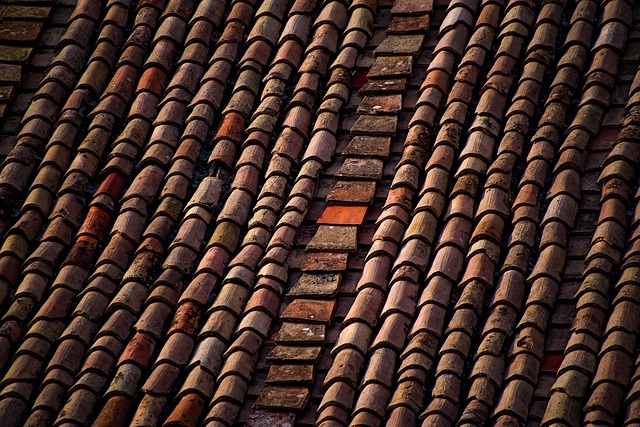
Many regions are now embracing eco-friendly building practices, and metal roofing is no exception. Local governments worldwide are implementing regulations that encourage the use of sustainable materials, with metal roofing often featuring as a viable option. These incentives can include tax breaks, grants, or even waiving permit fees for homes that incorporate green technologies, such as metal roofs. Homeowners who opt for eco-friendly metal roofing may also benefit from increased property values and reduced energy costs over time.
Additionally, building codes are evolving to accommodate the demand for environmentally conscious choices. Some areas have specific guidelines for metal roofing installations, focusing on energy efficiency and recyclability. These regulations ensure that metal roofs meet certain performance standards while promoting their adoption as a responsible choice for homeowners seeking to reduce their carbon footprint.
